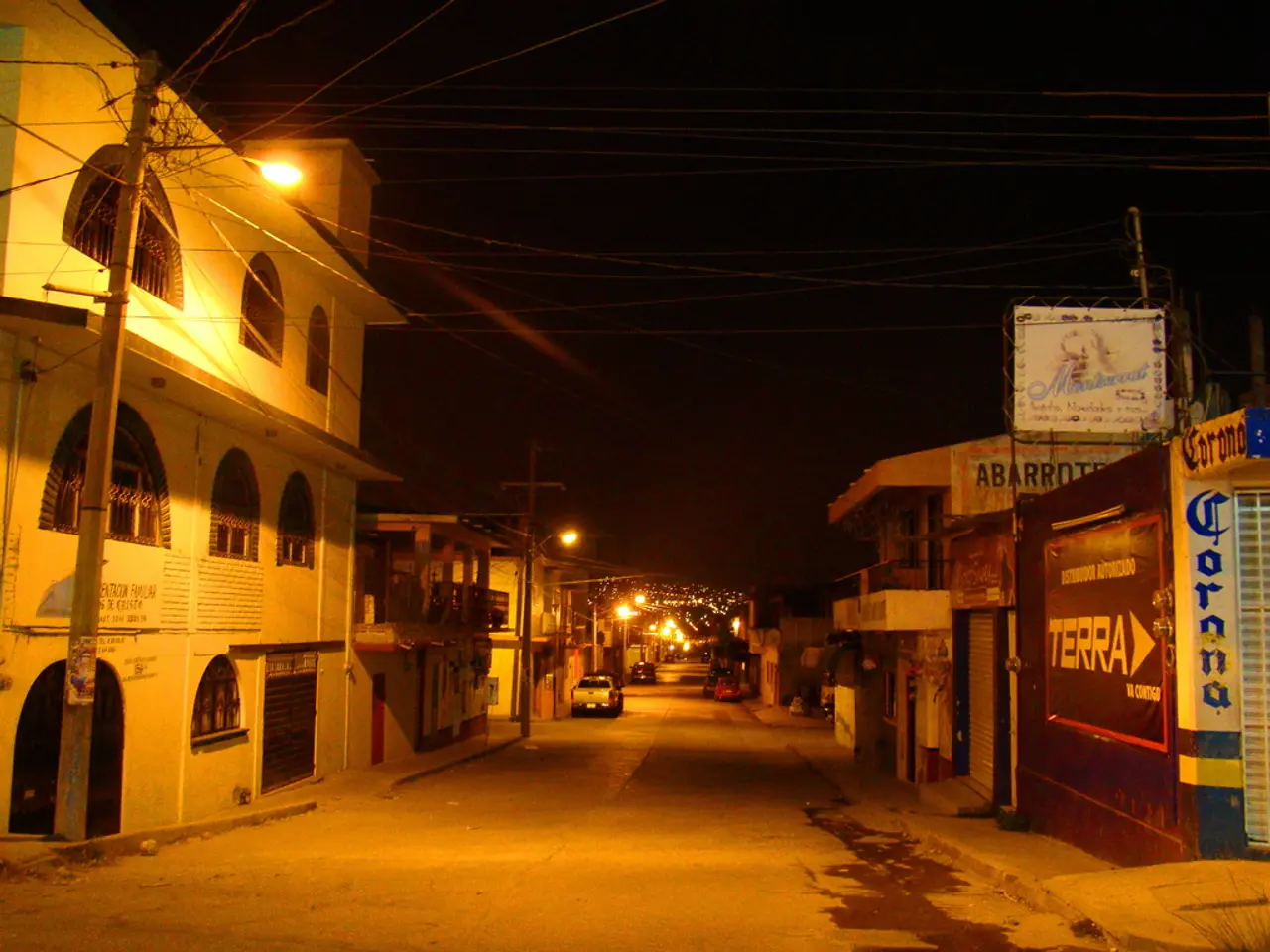Delayed Window 7 logins occurred for users with solid background colors, persisting for a duration of four months before Microsoft implemented a resolution.
In 2009, a peculiar issue emerged among Windows 7 users who preferred simple, clean, solid color backgrounds. These users experienced **slower startup times compared to those using desktop wallpapers**. The root cause of this anomaly lay in the way Windows 7 handled desktop drawing and graphical rendering during the boot process.
To better understand this issue, let's delve into the details. When Windows 7 boots up, it loads and paints the desktop background as part of the graphical user interface initialization. Rendering a **solid color background** initially involves an extra step in the drawing pipeline because the system must fill the background with a single color pixel-by-pixel over the entire desktop area. In contrast, when a **desktop wallpaper image is used**, especially one that's already cached or optimized, Windows can more efficiently display the pre-rendered bitmap without needing to fill the screen with a uniform color actively.
This difference in startup performance was primarily due to **graphics rendering optimizations favoring bitmap wallpapers over solid color fills** during the boot process. The solid color fills did not take advantage of such optimizations, resulting in a relatively slower startup screen rendering for users with solid colors.
It is essential to clarify that this issue was not related to the affordability of Solid State Drives (SSDs) or the assumption that simpler, solid color backgrounds would be easier on meager RAM and the spinning rust.
Microsoft veteran Raymond Chen, a devotee of simple solid color desktop backgrounds since Windows 95, noticed this delay between June 2009 and November 2009. He provided example code that he believes caused the delay in the Windows 7 startup process for solid color background users. In his latest Old New Thing blog post, he ponders over the underlying code problems.
Another group of users who experienced a 30-second delay during the Windows 7 startup process were those who chose to 'Hide desktop icons'. The delay was due to the Windows 7 logon system waiting for all systems to report ready, not because of the hiding of desktop icons. The Welcome screen stayed on for the full 30 seconds rather than the actual time it took for all systems to report ready, which could vary from 5 seconds to 25 seconds, depending on the system's performance.
The issue was resolved by Microsoft after about four months of Windows 7's reign, ensuring a smoother startup experience for all users, regardless of their desktop background preferences.
In light of the issue experienced by Windows 7 users with solid color backgrounds in 2009, it was found that graphics rendering optimizations favored bitmap wallpapers over solid color fills during the boot process, causing slower startup times for the former. This delay in startup performance was not related to the affordability of Solid State Drives or the assumption that simpler, solid color backgrounds would be easier on meager resources.




